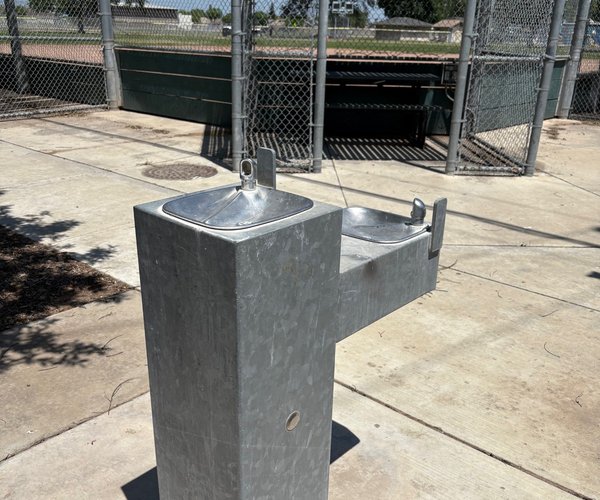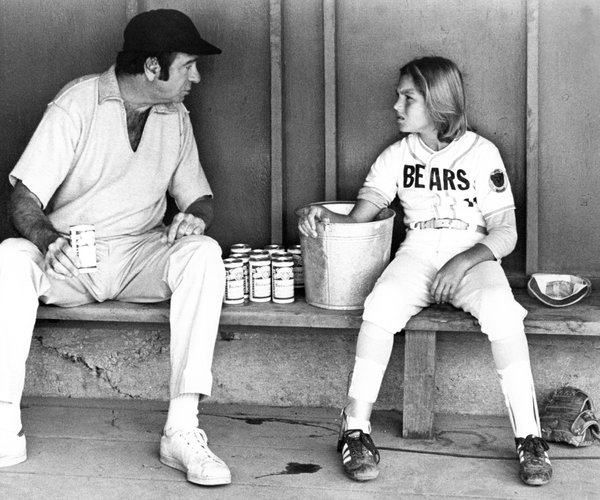Do not misunderstand what you are about to read.
The City of Manteca has a lot of issues.
It is not perfect, by far.
And even if everything was humming along there is always room for improvement.
But to argue the general direction the city is heading in is somehow worse than it has ever been, you’d need to be blinded by a deep-seated bias.
That isn’t to say everything is perfect.
Nor does it mean you should be 100 percent happy, or even 55 percent happy, with the current efforts at 1001 West Center Street.
It’s just that you need to see what is going on today compared to four to eight years ago.
Manteca bookkeeping was in almost complete disarray.
Rates, whether they were for replacing aging water and sewer lines or making sure developers were covering the impact building homes was having on existing residents, weren’t being kept current.
Projects were routinely farmed out to the private sector without weighing whether it could be done for less cost, more effectively, and quicker in-house.
Pressing needs were identified, game plans costing money were devised, and then were shelved because “there was no money.” The need, however, kept growing.
The city was more comfortable creating red tape than cutting it.
Today, it is almost a 180-degree turnaround.
What happened?
A lot.
But it started at the top.
Some of the changes were started before three years ago, but they gained momentum and others were launched after the decision to make Toni Lundgren acting, then interim, and then permanent city manager.
Whether you like Lundgren doesn’t matter.
And clearly there are roughly 400 municipal employees that pull their weight and then some.
This city went through six city managers in less than five years.
It also had a few department heads who were coasting.
Equally bad, there were a couple who worked against implementing policy established by elected officials who were more attuned to Manteca.
Lundgren deserves credit for being a pivotal player in the turnaround.
She may not have had years of experience on the level of overall managing a government agency, but judging from some who had much more that Manteca did hire that has not been a bad thing.
Two initiatives effectively illustrated the cultural shift at city hall.
The first is traffic safety.
The other is road repair.
Before continuing, there is clearly a ton of work that needs to be done in both areas.
But work is getting done today beyond the snail pace that was acceptable 5, 10, or even 20 years ago,
It used to take a better part of a year for a reasonable request for a stop sign to happen.
Today it has been reduced to weeks.
Part of it has to do with staff listening to elected leaders and substantially streamlining processes.
The rest has to do with the city manager empowering the senior management team to empower support staff to make it happen.
For years, the slow response was blamed on the fact Manteca couldn’t afford an in-house traffic engineer or analyst.
The solution was to create a traffic solutions committee that meets every two weeks, and sooner if needed.
It includes representatives from police, fire, engineering, and public works.
They review concerns submitted by residents via the government outreach app, staff observations such as police and even solid waste truck drivers, and council members.
The concern is analyzed, solutions vetted, and a decision made at the same meeting.
In the vast majority of cases, the solutions are implemented without having to secure council permission.
And on items that do, such as traffic lumps to reduce speeding, the timeframe from request to having a proposal for the council to consider has been reduced easily by at least six months.
The more aggressive street repair effort is the direct result of abandoning the reliance on private contractors for work that is somewhat minor in nature such as has been happening on Spreckels Avenue for the past two years.
It also involved a deliberate decision to break such work down in segments and not be starting to touch segments of pavement on a problematic street that aren’t in need of work.
That has helped stretch available dollars.
In the case of Spreckels Avenue, there is still a pressing section that needs to be addressed closer to Yosemite Avenue.
It will be done within a year.
Taking three years may not make some happy, but the work is 30 to 40 percent less in cost and is getting done.
Manteca seized the opportunity of one-time federal COVID funds to replace street repair equipment that was breaking down to the point it was problematic to even try to use.
The city with its tight budgeting had been unable to replace the equipment.
They also purchased equipment they did not have to be able to effectively repair those large street cracks that pop up in older neighborhoods that are wide enough to lay down a dollar bill in the gap within the asphalt.
There are many other examples such as Manteca going to no-kill status at the animal shelter to implementing annual council district clean up days.
The first three of four this year had allowed Manteca residents to get rid of 50 tons of solid waste to improve the look of neighborhoods and reduce fire safety issues.
Manteca needs to keep doing better today and tomorrow.
However, to imply that yesterday things were a lot better than they are today is simply not true.
Criticizing the city is fair.
But carte blanche slamming the city especially saying the city has gone downhill since the days of going through city managers like someone with a running nose goes through tissue ignores basic reality.
This column is the opinion of editor, Dennis Wyatt, and does not necessarily represent the opinions of The Bulletin or 209 Multimedia. He can be reached at dwyatt@mantecabulletin.com









